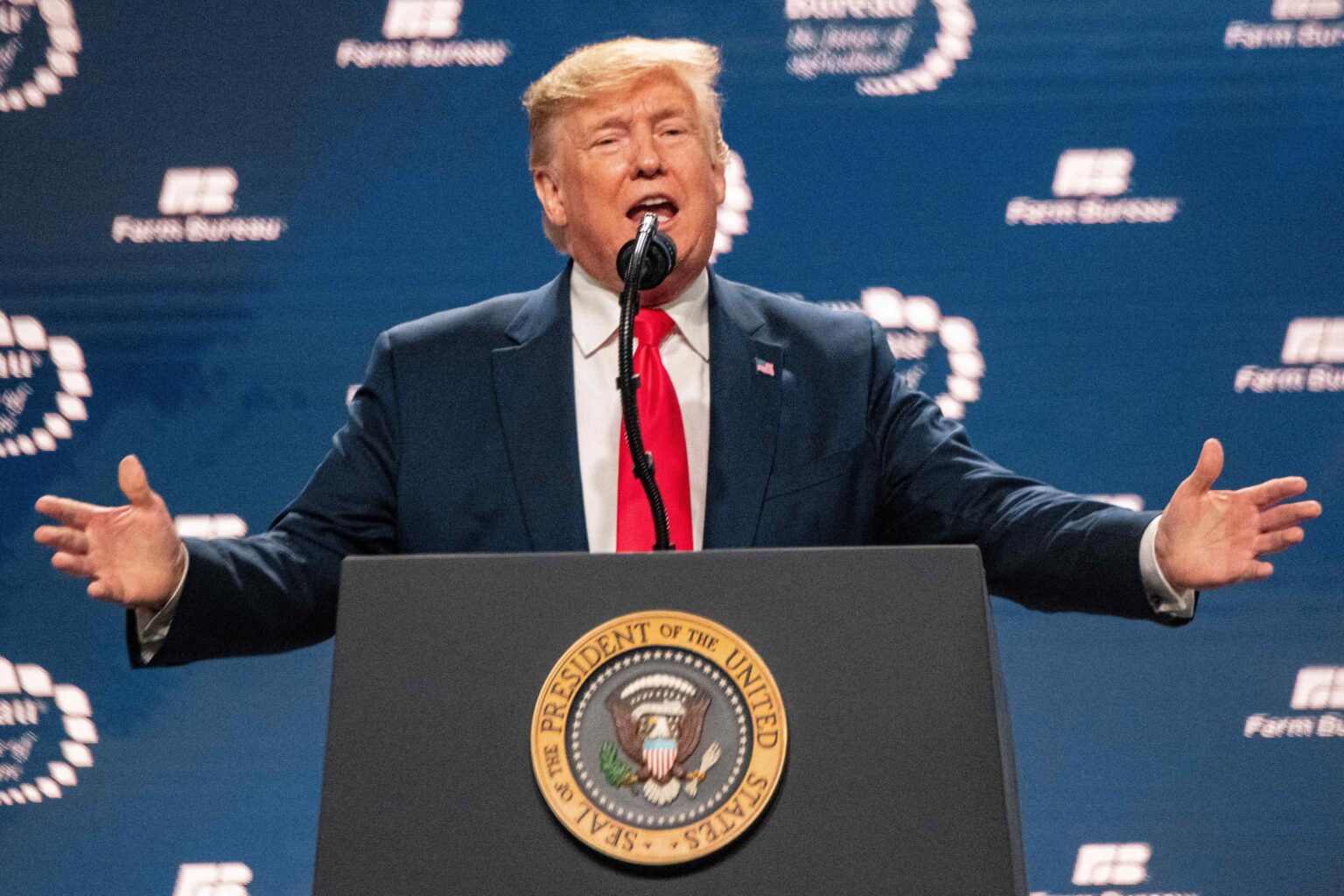On June 4, 2025, former President Donald Trump announced a dramatic increase in tariffs on imported steel and aluminum, more than doubling the previous rates from 25% to 50%. This move marks one of the most aggressive trade policy steps since his time in office, as he seeks to return to the White House in the upcoming election. The administration says the aim is to shield American manufacturers from what they describe as unfair foreign competition and to ensure the security of critical industries.
The decision specifically targets countries seen as overproducing steel and aluminum, flooding global markets, and undercutting U.S. firms. The United Kingdom remains exempt from the new 50% tariffs, keeping the lower 25% rate as negotiations for a broader trade agreement continue. The Trump campaign argues that these tougher measures are necessary to revive U.S. manufacturing, which has faced significant challenges from low-cost imports in recent decades.
Economic Implications and Industry Reactions
Trump’s announcement has prompted mixed reactions from business leaders, economists, and policymakers. Supporters in the steel and aluminum sectors say the new tariffs will help domestic producers regain market share, preserve American jobs, and encourage investment in U.S. manufacturing facilities. Several labor unions have expressed cautious optimism, noting that previous tariff increases under Trump led to higher production levels and some job growth in affected industries.
However, many economists and industry associations are sounding alarms about potential unintended consequences. They warn that increased tariffs could drive up the cost of key raw materials, making a broad array of goods—such as automobiles, household appliances, electronics, canned foods, and construction materials—more expensive for U.S. consumers and businesses. The American Automotive Policy Council, representing major carmakers, has argued that higher steel prices could put domestic automakers at a competitive disadvantage and risk jobs in downstream sectors.
David McCall, international president of the United Steelworkers union, stated, “Tariffs can be a valuable tool, but the United States must also work closely with trusted allies to tackle global overcapacity and unfair trade practices more effectively.” He emphasized that international cooperation, rather than unilateral measures, is vital for long-term solutions.
Global Response and Rising Trade Tensions
The new tariffs have already sparked concern and pushback from major steel and aluminum exporting nations. China, which has long been the primary target of U.S. steel and aluminum tariffs, criticized the move as protectionist and signaled it may consider retaliatory measures. The European Union called for restraint, warning that escalating trade tensions could destabilize global supply chains and slow the recovery of the world economy.
Trade analysts caution that a new round of tit-for-tat tariffs could disrupt established trade flows and introduce volatility to global markets. Countries facing the increased tariffs may seek alternative markets or impose their own barriers on U.S. goods in response. Many global businesses fear that continued uncertainty could complicate investment decisions and strain international partnerships.
Despite the controversy, Trump’s supporters remain steadfast, insisting that strong trade enforcement is key to restoring American economic leadership. As the campaign season intensifies, the fate and effectiveness of these tariffs will be closely watched by industries, consumers, and governments worldwide.
Political Impact and Outlook
Trump’s move to double down on tariffs is seen as a signal to his political base and to workers in key manufacturing states. By highlighting trade as a core issue, he hopes to energize voters who feel left behind by globalization and offshoring. In 2018, Trump’s original tariffs on steel and aluminum were a central part of his economic agenda, and he is now betting that an even tougher stance will resonate with voters in states like Pennsylvania, Ohio, and Michigan.
At the same time, President Joe Biden’s administration has mostly kept many of Trump’s trade barriers in place, reflecting a bipartisan shift toward more protectionist trade policies in recent years. With global economic uncertainties mounting and tensions rising with China, the debate over tariffs, free trade, and economic security is set to remain at the forefront of American political discourse.


